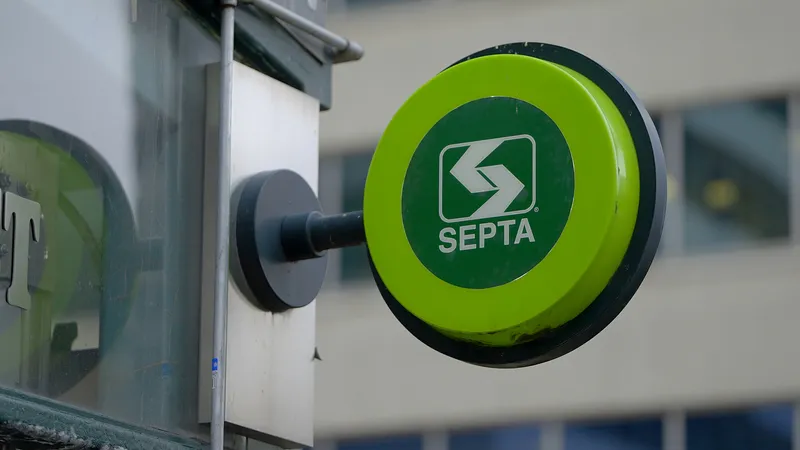The Governors of Kajiado, Kiambu, Nairobi and Muranga counties in Kenya have signed a Memorandum of Understanding to pave the way for the formation of a Nairobi Metropolitan Transport Authority.
The project is supported by the World Bank, the African Development Bank, the European Union, Japan and China, which are helping the country to modernise its transport system and remove barriers to a more dynamic business climate in Kenya and the wider East African region.
The authority will oversee the implementation of the mass rapid transit system within the city and its surroundings and will recommend policies on pricing and investments, financing equipment and related traffic management systems.
The project includes the expansion and upgrading of highways, service and access roads from Jomo Kenyatta International Airport through Nairobi to Rironi on the Northern Corridor transport system.
Cabinet Secretary for Transport Michael Kamau said if implemented, it will be the lasting solution to the perennial congestion of the main roads in Nairobi. He said development partners, including the World Bank, had already promised to provide funds for four major corridors out of the five that are set to be improved.
The project will be implemented by agencies working for the Ministries of Roads and Transport, including the Kenya National Highways Authority, the Kenya Urban Roads Authority and the Kenya Railways Corporation.
Nairobi set to get metropolitan transport authority
The Governors of Kajiado, Kiambu, Nairobi and Muranga counties in Kenya have signed a Memorandum of Understanding to pave the way for the formation of a Nairobi Metropolitan Transport Authority.
October 23, 2014
Read time: 2 mins









